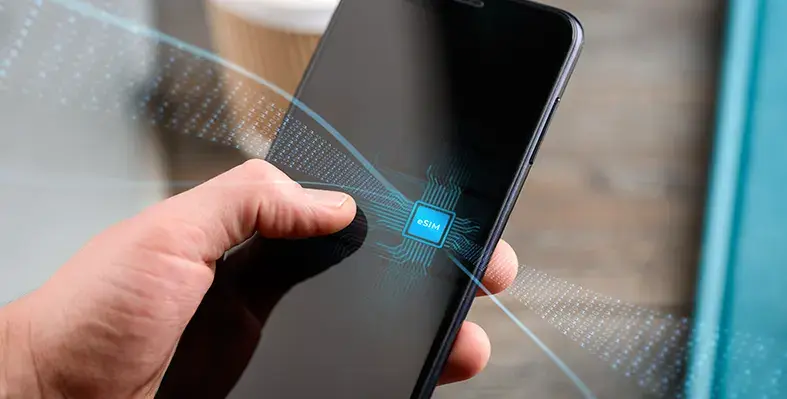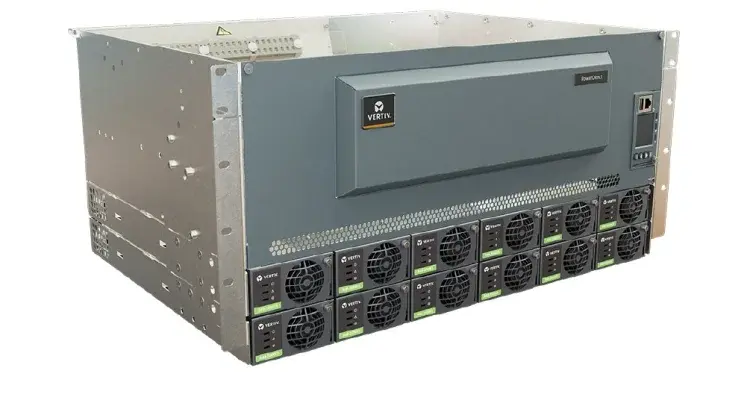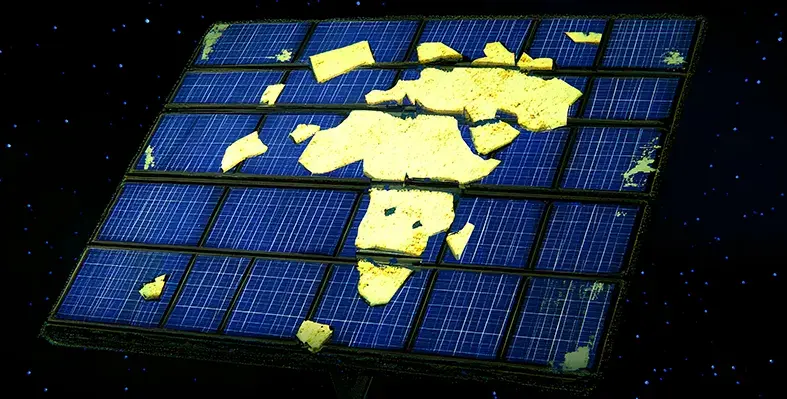Ericsson and Germany-based operator Deutsche Telekom have achieved a data transmission in excess of 100Gbps over a microwave link spanning 1.5km
The trail, which was conducted at the Deutsche Telekom Service Centre in Athens, represents a major technical breakthrough, achieving more than 10 times greater throughput speeds than current commercial solutions on similar 70/80 GHz millimetre wave spectrum.
Alex Jinsung Choi, senior vice-president strategy and technology innovation, Deutsche Telekom, said, “Advanced backhaul solutions will be needed to support high data throughput and enhanced customer experience in the 5G era. This milestone confirms the feasibility of microwave over millimetre wave spectrum as an important extension of our portfolio of high-capacity, high-performance transport options for the 5G era. In addition, it represents a game-changing solution for future fronthauling capabilities.”
Per Narvinger, head of product area networks, Ericsson, added, “This trial signifies the successful establishment of true fibre capacities over the air using microwave. This means that microwave will be even more relevant for communications service providers in creating redundant networks as a back-up for fibre, or as a way of closing a fibre ring when the fibre is not a viable solution. By carrying such high capacities, microwave further establishes itself as a key transport technology, capable of delivering the performance requirements of 5G.”
Apart from confirming the potential of microwave technology over the millimetre-wave spectrum (70/80 GHz and above) as a 5G-and-beyond fronthaul and backhaul solution, the trial showed the importance of applying spectral efficient techniques, such as MIMO (multiple input, multiple output) on wireless backhaul technologies to address upcoming 5G radio access demands.
Major technological advances included an 8x8 line-of-sight MIMO with cross polarisation interference cancellation setup using commercial MINI-LINK 6352 radios and a 2.5 GHz channel bandwidth in the E-band (70/80 GHz) able to transmit eight independent data streams over the radio path. This corresponds to a breakthrough spectrum efficiency of 55.2 bps/Hz at peak.






















